COI Energy Cuts Buildings’ Power Consumption, Driven by Philosophy of Mutual Responsibility
Greentown Labs
FEBRUARY 22, 2021
Berrien is from a small Pennsylvania town, where her family experienced energy poverty. As an adult, she went into the energy industry—a decision, she explains, that she didn’t realize was fueled by her previous experiences with energy. million metric tons of carbon dioxide equivalent.


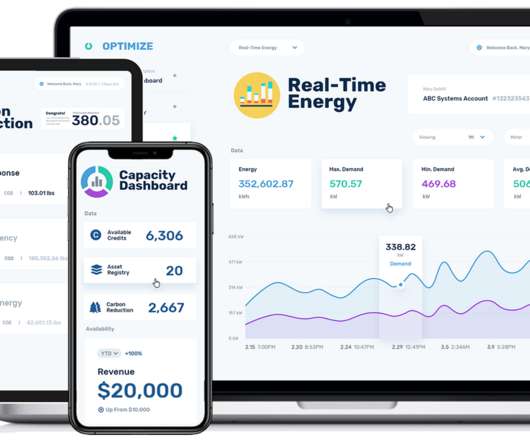
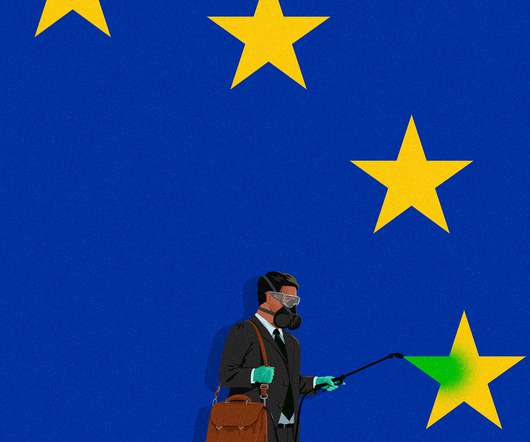


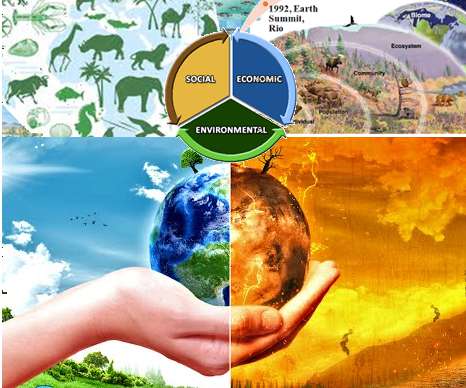

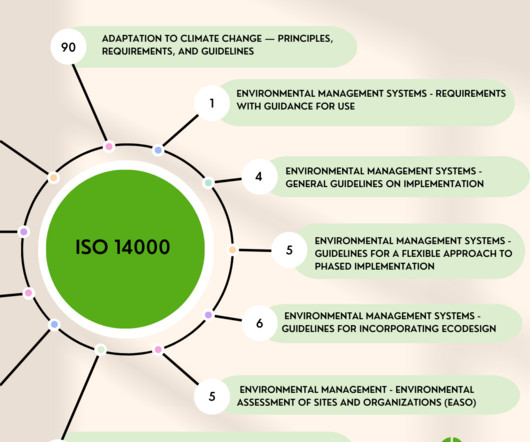
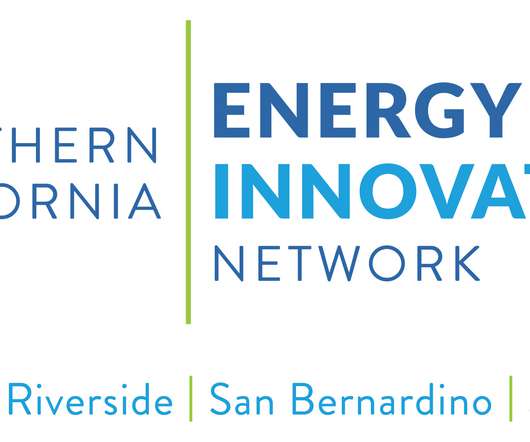

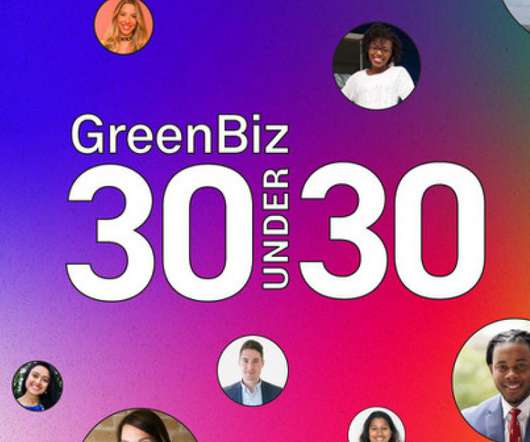









Let's personalize your content